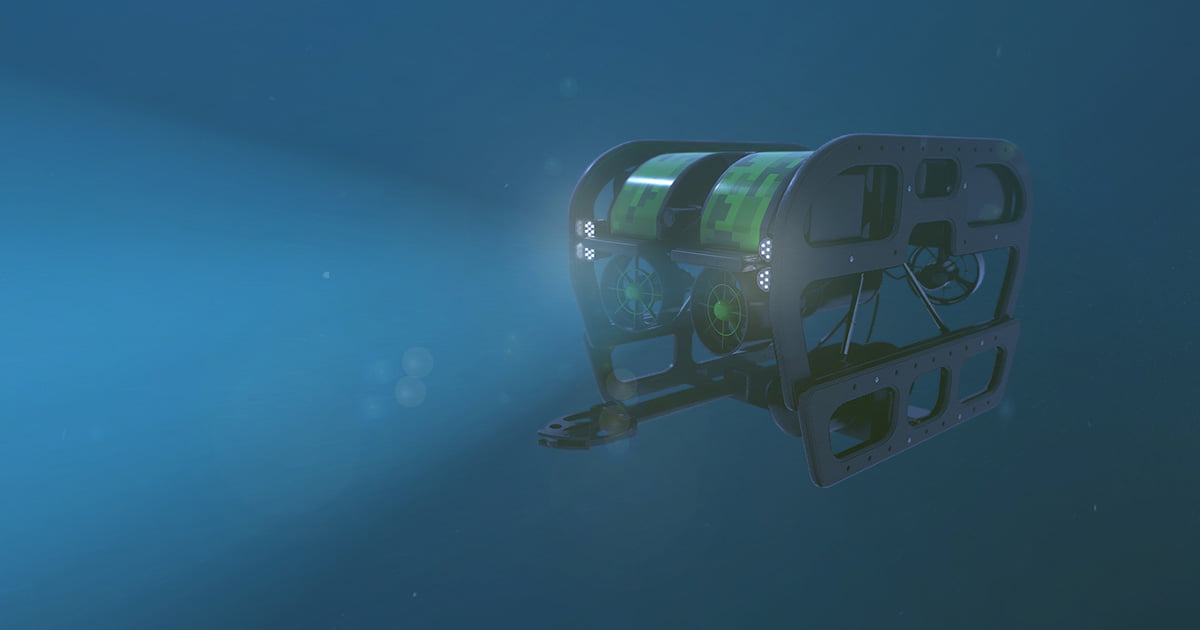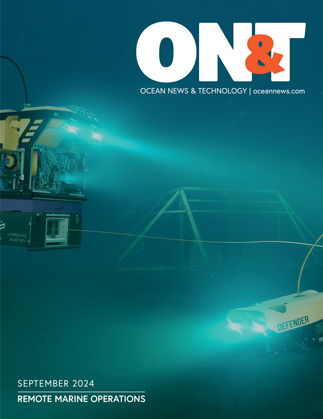The global ROV market has grown as a result of the increasing significance of oceanography, deep-sea exploration, and marine research. ROVs are used for scientific study, data collecting, and underwater surveys. The efficiency and performance of ROVs have been enhanced by ongoing technological breakthroughs, such as the creation of more sophisticated sensors, imaging systems, and maneuverability capabilities, which have further fueled the global ROV market expansion.
 The world’s transition to renewable energy, especially offshore wind energy, has opened up new applications for remotely operated vehicles (ROVs) in the maintenance, installation, and inspection of offshore wind turbines and related infrastructure. ROV usage has increased as a result of the oil and gas industry’s requirement for subsea intervention services for the upkeep and repair of undersea infrastructure, which has helped fuel the overall expansion of the global ROV market.
The world’s transition to renewable energy, especially offshore wind energy, has opened up new applications for remotely operated vehicles (ROVs) in the maintenance, installation, and inspection of offshore wind turbines and related infrastructure. ROV usage has increased as a result of the oil and gas industry’s requirement for subsea intervention services for the upkeep and repair of undersea infrastructure, which has helped fuel the overall expansion of the global ROV market.
Constant attempts to improve ROV capabilities such as expanded data transmission, advanced sensor integration, higher maneuverability, and increased operational depth have given businesses the chance to innovate and create more sophisticated and effective ROV systems. Investigating developing areas like deep-sea mining, marine research, and offshore renewable energy offered ROV firms a chance to improve their market share and meet the increasing need for specialized ROV solutions in these fields. Working together with universities, research centers, and industry players gave ROV businesses the chance to pool resources and experience, which encouraged creativity and the creation of specialized ROV solutions for certain industry applications.
By expanding their range of services to encompass full subsea maintenance, repair, and inspection services, ROV businesses were able to build enduring relationships with customers and meet the changing demands of the maritime and offshore energy sectors. By incorporating sophisticated data analytics and visualization functionalities into ROV systems, businesses were able to offer their clients complete data-driven solutions that improved operational efficiency and provided insightful information for well-informed decision-making. Opportunities for ROV firms to develop specialized systems and services for underwater environmental assessments and ecosystem preservation were developed in response to the growing need for environmental monitoring and conservation efforts in offshore locations.
ROV uses became more widespread in commercial industries during the 1990s and 2000s, especially in offshore oil and gas production and exploration. In the offshore energy industry, ROVs have become indispensable instruments for subsea inspections, maintenance, and repair operations. Since the 2010s, remotely operated vehicles (ROVs) have seen significant changes, expansions, and specializations in a range of domains, such as deep-sea exploration, marine research, environmental monitoring, and offshore renewable energy. Technological developments in robotics, sensors, and data processing have made it possible for ROVs to carry out more difficult tasks in difficult underwater settings.
In the remote-operated vehicle (ROV) market, the North American Region had a dominant position in 2022, accounting for the highest share. Leading development donors to the region include the United States, Mexico, and Canada. Furthermore, Canada had the greatest rate of growth in North America, while the United States had the largest market share for remotely operated vehicles.

